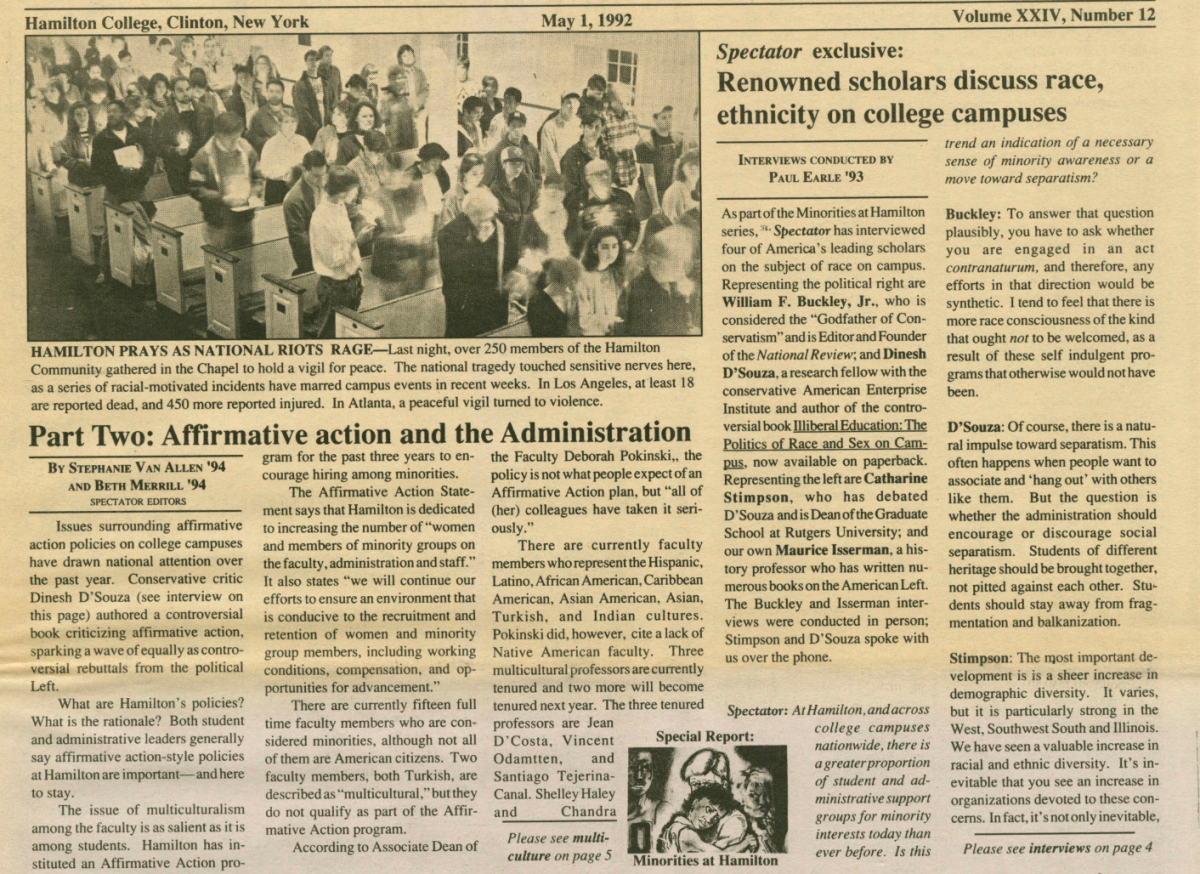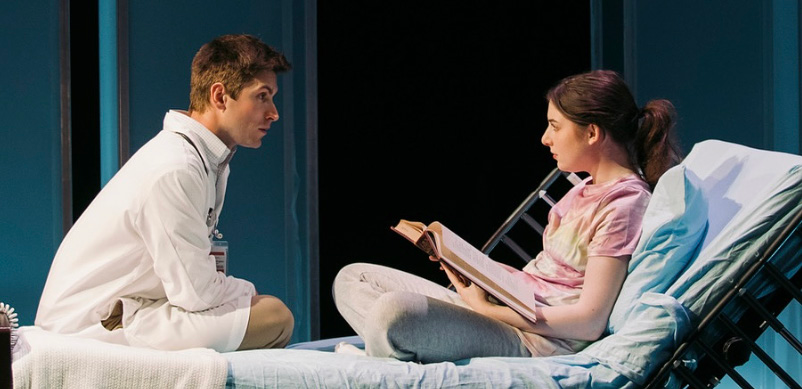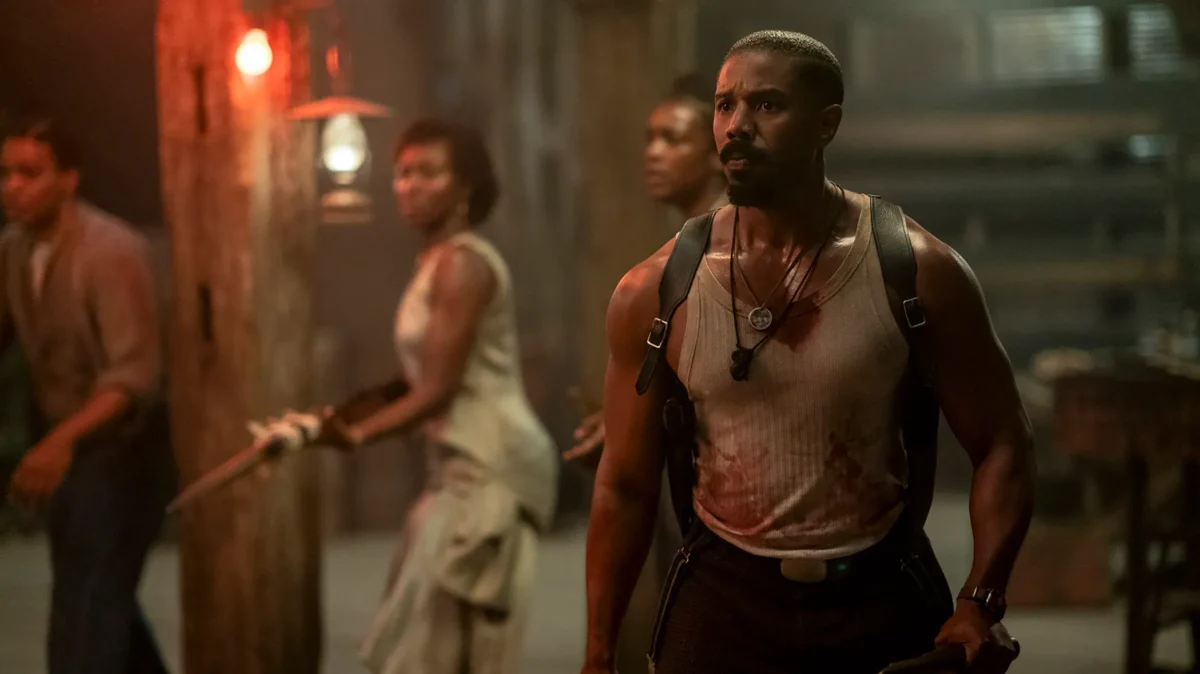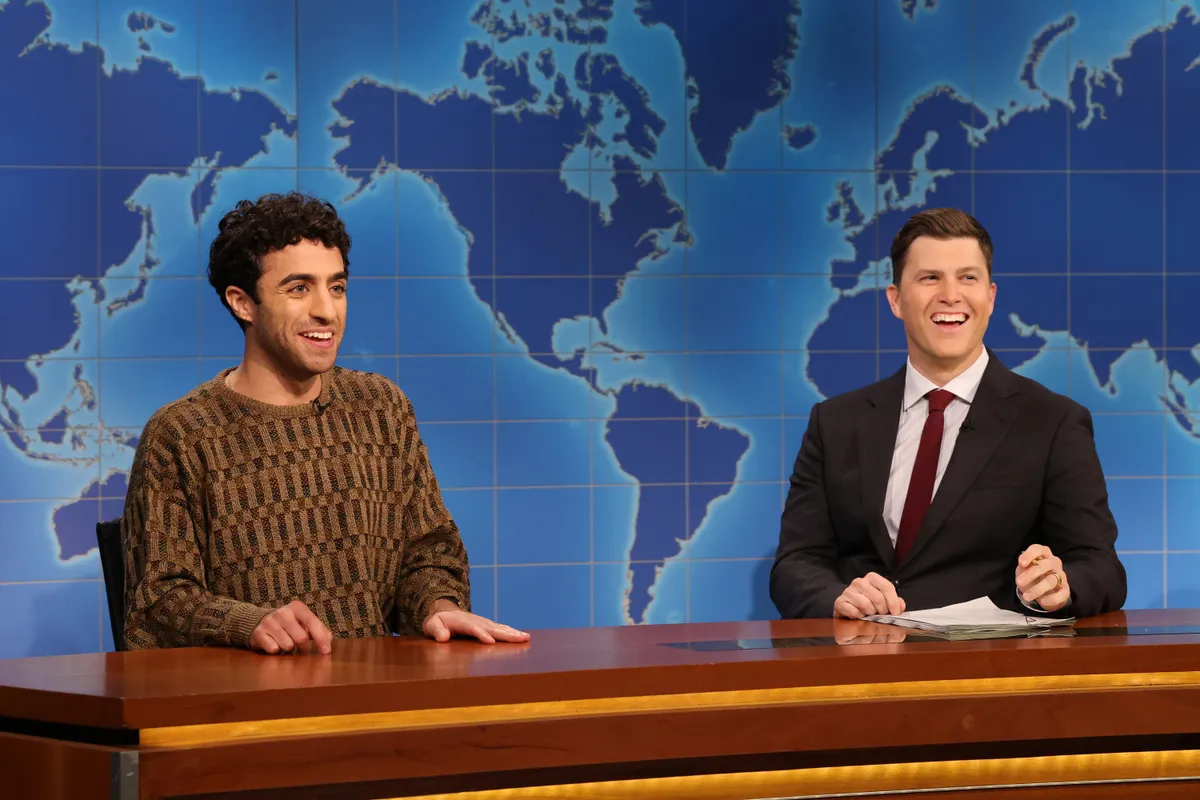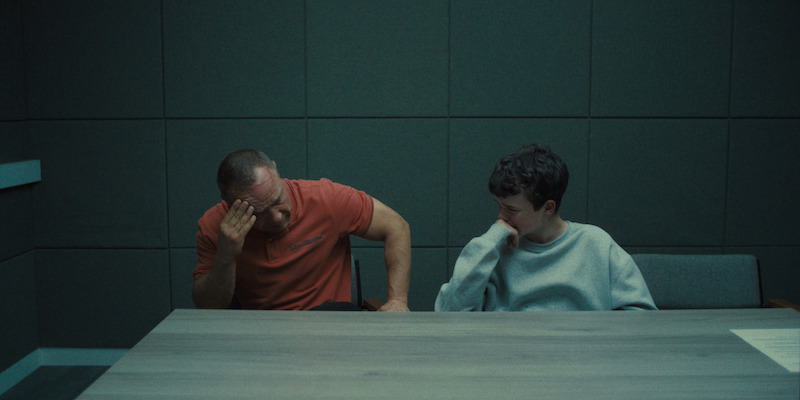
Robert Eggers’ fourth major production puts a modern spin on a classic tale. One of 2024’s final major releases was his interpretation, or remake, of the German silent expressionist film
Nosferatu: A Symphony of Horror
(1922). The titular vampire has ensnared a recently married young woman who pleaded for companionship when she was a young girl, and now he is finally ready to take her as his own. As the truth slowly unravels itself, death and terror burst from the confines of the decrepit castle in which Nosferatu resides.
Nosferatu was predestined to be a successful film in profit and acclaim alike. Most teenagers and young adults may have never seen a silent film, let alone one from Germany, like
Nosferatu: A Symphony of Horror
. To many, Nosferatu himself is nothing more than an obscure reference made in an iconic SpongeBob Squarepants episode. This distance provides the time and space to enable this remake to feel much closer to the original narrative of Bram Stoker’s 1897 novel
Dracula
. The lack of an audience connection makes Eggers’ life much easier from a creative standpoint; many of his depictive decisions are more aligned with his personal preferences and beliefs than that of the story’s first cinematic trial. Having seen one of Eggers’ earlier films,
The Lighthouse
(2019), I had a sense for how Eggers wants his films to look and behave. With
The Lighthouse
, Eggers delivered a strong effort that was psychological, intense and unnerving. With Nosferatu, however, the results leave a bit more to be desired.
The film’s personnel is what initially leads the film awry. Lily Rose-Depp steals several scenes she is in with her embodied horror acting on full display. The unnatural convulsions, rolled-back eyes and disturbing postures are quick callbacks to films such as
The Exorcist
(1973). She easily conveys the strongest performance, though Bill Skarsgård does an effective job leaning into a demonic role once again — he played Pennywise in the It reboot — as the titular vampire. Benefitting from some appropriately nasty prosthetic makeup, Skarsgård is fitting as the larger-than-life villain. He did background training with an opera singer to lower his voice, which proved to be helpful, as his presence is all the more creepy when his ultra-low timbre booms across the screen. As for the supporting cast, however, there is frankly not much to remark on. The other characters were unfortunately unremarkable, feeling much closer to thinly developed archetypes than genuine people.
However, the film does indeed easily deliver a gothic, dreary and chilly atmosphere that takes advantage of the winter setting by maximizing bleak, pale colors alongside black clothing and white snow. Eggers enjoys this kind of color scheme, and he continues to improve this strength with
Nosferatu
. The aesthetic of the film feels very faithful to the original material, both book and film, and does a great job of bringing back the classic feel of a goth horror film. This is further accentuated by smart set design and costume work that is effective at reinforcing the time period and helping further immerse the audience into feeling like they are right alongside the Hutter couple in the fictional town of Wisborg.
Where
Nosferatu
really fails is its screenplay. The film is pretty faithful to the original from over a century ago, though it just cannot help itself in making needless modern adjustments. One of the most frustrating of these is the inclusion of several sex scenes. There is no sex in the original film, and there is no need to include it in the remake. It is presumably the need to keep viewers excited and engaged that inspired the addition. In the original film,
Nosferatu
only desires the blood of a pure-hearted woman, whereas in the modern iteration, both blood and sex are needed. It is simply aesthetically overindulgent for this horror film to include, and is a reflection of the modern audience and what must be in a film in order for viewers to stay invested in the modern day. While this does not ruin the movie by any means, it is a shame to see what is otherwise a fairly strong adaptation be taken down several pegs by making awkward changes and relying too heavily on its premise and leads.







